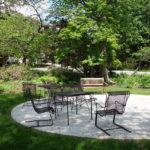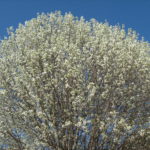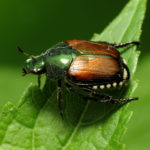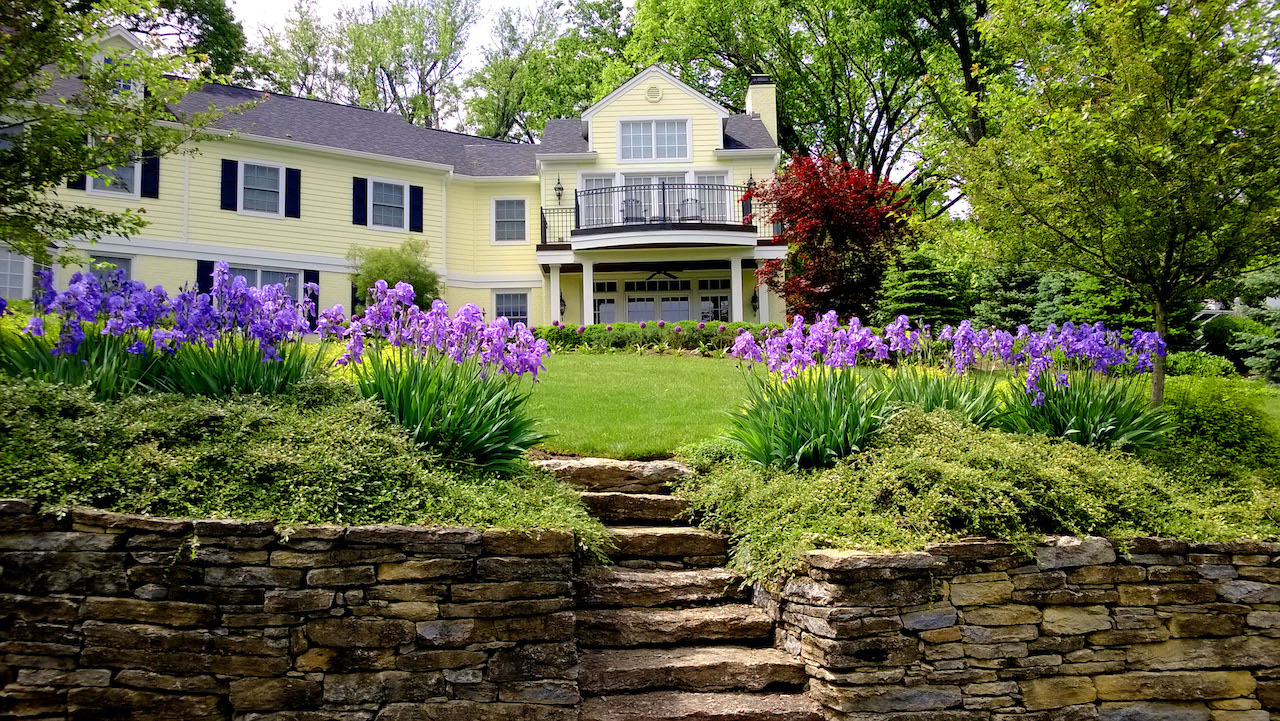
For the past 42 years, Martha Wassermann has created many landscaping designs for her clients.

“There is almost no situation for which I cannot think of a starting point upon which to build a creative solution or two,” she says. She owns Martha Wassermann Professional Landscape Design & Services, Cincinnati.
Part of her process involves keeping up with new products and visiting public spaces with new or changing gardens. But it also involves being able to quickly think “outside the box” when meeting with a customer.
“With all the new construction in Cincinnati — including many tear downs, new subdivisions, especially condominiums for aging baby boomers, and multi-family dwellings — there is less and less green space,” she adds.
Many of her clients want their smaller properties to provide them with outdoor areas that can be used in multiple, flexible ways. Many of the tear-downs and new housing in previously distressed neighborhoods have given newer homeowners a chance to get a very good value on their purchase. Yet, these properties also come with problems like the lack of privacy, parking, or enough entertaining space.
The process of designing a trending landscape for clients includes a lot of listening. She tells her clients that all gardens require at least some maintenance.
Wasserman describes some of the hottest trends in landscaping in the Cincinnati area:
For Entertaining
Clients with smaller outdoor areas do not wish for built-in fireplaces. “I put those in designs which have the room for them and generally also a privacy problem. Fireplaces and extensions for either seating or plantings can do wonders for screening out undesirable views and also cozying up a gathering area.”
Clients with smaller outdoor entertaining areas or those who want more flexibility go for nice portable fire pits with covers. She has designed a few full outdoor kitchens, but most clients desire more modest kitchens which include a grill, small refrigeration unit for drinks, and places for firewood storage. Weatherproof kitchen carts can be kept outside and provide for storage as well as serving. Any food preparation facilities need to be easily accessible to the house if they are going to be used often.
For Shade
It’s important to remember that the canopy of a healthy shade tree, correctly chosen to fit the available space, will provide five to seven times the cooling power of a roof of any other kind, Wassermann says. However, with rainy springs and hotter summers, or the impossibility of fitting a shade tree into the plan, some covered open areas which just had ceiling fans before often become screened porches or three-season rooms later. Sunshades which can be extended right under a pergola have become popular, too.
For Lighting
People need lighting outdoors, both for safety and aesthetic reasons. “I like to see the effects of the lighting, not the lighting source itself. Fixtures need to be strategically placed to achieve either goal,” she adds. You need knowledge of the plant materials to design lighting, too. That’s where the skills in landscape design fit in with the know-how of a lighting installer. If there is ambient light already in the scene, less will be more.
For Low-Maintenance
Wassermann still sees a lot of irrigation being installed. “Daily irrigation is not a sustainable or environmentally-friendly practice,” she says. “It encourages shallower roots for lawns and other plants, actually making them less tolerant of heat and drought.” She often suggests using Low Impact Turf, where it is practical. It works best in large rear or side yard areas that won’t be used for sports activities. She also suggests prairies of native wildflowers for the same reason, but these have the added advantage of many flowering pollinators that attract wildlife to yards and are very deer resistant.
For Water Features
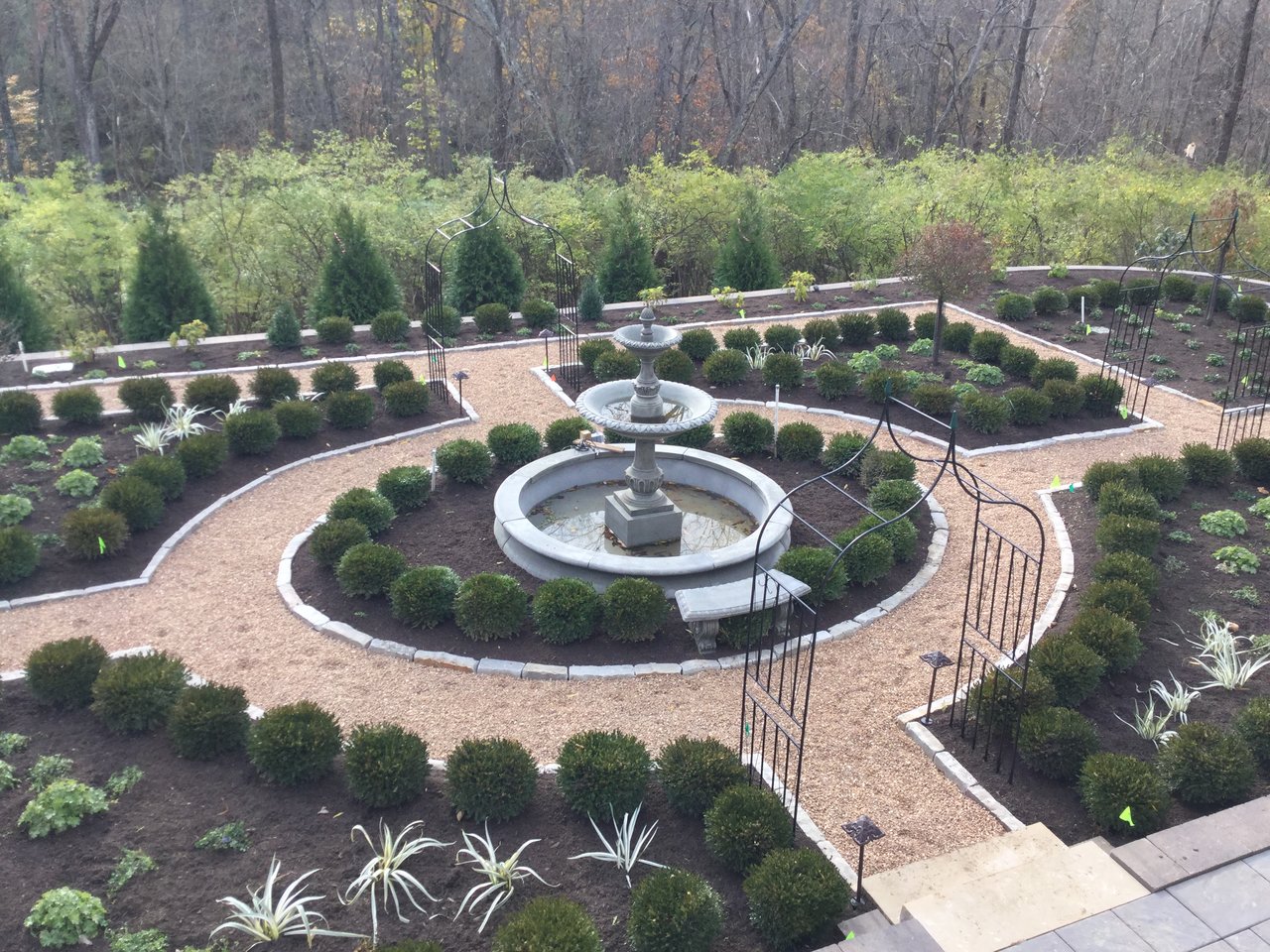
She works with many clients who want fountains of one sort or another. A recent client went to Australia and fell in love with a formal garden and wanted Wassermann to bring that feeling to her garden centered on a large fountain. All of the plants in this design are deer resistant. She also works with many clients moving into the inner city where there are smaller yards, so the sound of water can camouflage other less pleasant ones. For smaller areas, urn fountains, wall fountains, and pondless waterfalls can be very effective, and you have almost no maintenance.
For Trees and Shrubs
“Our industry is focused on keeping up with changing lifestyles, beauty, disease resistance, and low maintenance so hybrids developed to fit these needs are very popular,” Wassermann explains. For example, Cincinnati has become home to very upright forms of oaks, maples, and linden, among many others, which are great for urban environments. Native species tolerate adverse conditions best, too. Plant varieties which maintain a compact, more uniform shape require less pruning.
For Flowers
The overall site plan should be determined first before selecting flowers, she says. “I always design driveways, decks, pools, sports areas, walls, walks, and more, and then lay out the garden beds with a purpose such as privacy screening or a place for vegetable gardening in mind,” she adds.
Having a couple of options in mind when it comes to plants helps homeowners because plants often cannot be purchased in the sizes or conditions you need at the time. Ninety percent of perennial flowers offer a number of different colors. She focuses just as much on color through foliage, as there are so many. Every shade of blues, greens, yellows, reds, whites, and even black can be found in the foliage. And foliage lasts a lot longer than flowers do, with the exception of re-blooming perennials and those which change color over a couple of months.
Talk to a Cincinnati landscaping expert if you need help selecting plants for your landscape. LawnStarter can connect you with passionate lawn care and landscaping pros with helpful advice.
Photos courtesy Martha Wassermann Professional Landscape Design & Services
